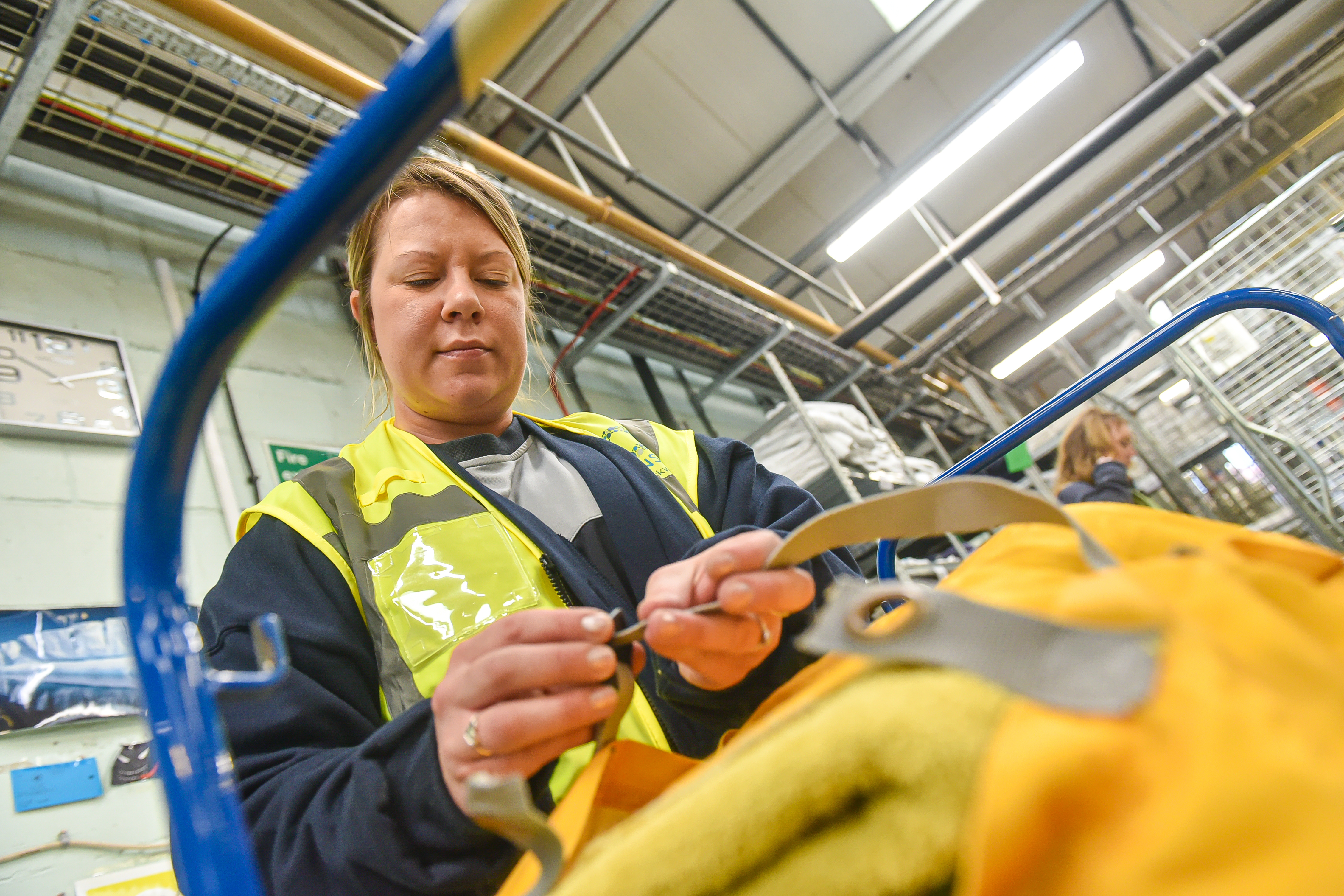When it comes to any business' success, ensuring your workforce's safety and comfort is paramount.
Regardless of your sector, compliance and regulation loom large and are always the driving force behind decision-making regarding professional workwear.
However, navigating and understanding the various needs and changes to compliance can be easier said than done. So, in this introductory guide, we’ll explore the basics of health and safety concerning workwear to clarify the importance of following workwear safety compliance, what it typically includes and how it might apply to your specific industry.
Key takeaways
- Workwear is essential for safety: It protects employees from various hazards such as biological, chemical, electrical and mechanical risks, thereby preventing accidents and injuries in the workplace.
- Maintaining a professional image: Providing reliable, comfortable, and high-quality workwear not only ensures safety but also enhances the company's reputation and attracts top talent.
- Ensuring compliance with regulations: Adhering to national and industry-specific regulations is crucial. Professional workwear helps businesses stay compliant and avoid penalties or shutdowns.
- Comprehensive workwear compliance: This encompasses selecting appropriate garments, establishing internal policies, and ensuring proper maintenance and cleaning to keep workwear fit for purpose.
Why is workwear important for health and safety?
As far as health and safety is concerned, your standard of workwear is more than just important. It’s essential.
That’s why it’s such an integral part of your workforce operations. It’s not just a means to carry out their job effectively — but it’s there to keep them safe and comfortable.
As you’ll know, health and safety reaches all four corners of any business. But, to workwear specifically, you can isolate its importance into three main issues.
1. It prevents accidents, injuries and shutdowns
Of course, some workplace environments carry more risks than others. But, risks of accident and injury are still prevalent in most settings — and can lead to severe consequences.
Many different types of workplace safety clothing can guard against these things. This includes personal protective clothing or equipment (PPE) like helmets, goggles, gloves, overalls and shoes, among other things.
These are designed to protect workers from accident and injury against:
- Biological hazards
- Chemical hazards
- Radiological hazards
- Electrical hazards
- Mechanical hazards
The types of hazards your workforce faces generally depend on your sector. They may encounter one or even several of these daily.
Another thing to consider is that while these measures and precautionary types of workwear and equipment exist to safeguard against both fatal and non-fatal incidents, accidents can still happen. But, at least with adequate workwear, you’re following the process with peace of mind.
Nevertheless, accidents and lapses in precaution will negatively impact personal safety and the wider business. For example, if an inspection deems that your workforce is kitted out inadequately, or even worse, an incident occurs, your business can be shut down for a prolonged period until you’ve made the appropriate adjustments.
This has financial ramifications and reputational issues, so it’s critical that your workwear meets the standards set to guard against any problems.
2. It maintains Your company’s reputation
As mentioned above, accidents and injuries can affect your reputation negatively. However, having suitable workwear in place can also work positively.
If your workforce is consistently satisfied with reliable, comfortable, safe and high-quality workwear, it’s an excellent external look for your industry regarding customer perception and recruitment for new colleagues.
It’s an outward showing that you’re a responsible business that follows health and safety protocols and values the overall wellbeing of your staff.
3. It maintains compliance
This is the major issue that underpins both of the above.
National and industry-wide regulation will dictate the rules your business has to follow for health and safety. In many cases, professional workwear will factor heavily into this.
Along with running your business successfully, staying compliant should always be an agenda point that remains front of mind as regulation evolves and changes over time.
Having the correct workwear in place for your workforce will always keep you compliant through changing times and again, safeguarding you from being penalised or dealing with health and safety-enforced shutdowns.
What does workwear compliance cover?
This will again vary from sector to sector, so following the correct guidelines for your industry is vital.
Different sets of compliance can hone in on a variety of varying issue points, but broadly speaking, there are three main things they’ll refer to that you’ll need to keep in mind at all times.
1. Standard of dress
These are the operational standards for individual types of protective clothing.
For example, a kitchen environment will have standards different from those of a factory floor setting. But the same health and safety principles will guide them that they need to follow.
That’s why it’s essential to treat the selection process seriously when purchasing or renting garments. You’ll need a good idea of what the regulation demands for your industry to ensure your investment matches up adequately.
2. Internal policies
Any relevant health and safety regulations will also inform your internal processes and HR guidelines.
Compliance exists to inform your HR department and help them shape internal policies that dictate how your employees need to show up for work.
You’ll need a robust workwear health and safety policy to stay compliant before implementing it. An inspector is likely to check and interrogate this and can protect you when individual employees fail to follow protocol.
That being said, it’s up to you as a business to enforce your policies and ensure all guidelines are clear for your workforce.
3. Maintenance and cleaning
The rigours of the working day are likely to lead to wear and tear as well as uncleanliness as far as your everyday garments are concerned.
Again, depending on your operating sector, your garments could be subject to everything from chemical splashes and food to even things like molten metal.
Therefore, a significant aspect of providing compliant workwear is ensuring it’s always fit for purpose. For example, while workwear may be up to safety standards after one use, it probably won’t be once completely soiled, so you’ll need to keep this in mind.
Although tedious, laundering workwear and carefully managing and maintaining it is just as important as selecting your garments for the first time. So, exploring a workwear laundering service that can support your needs operationally and ensure you stay compliant at all times is worthwhile.
Health and safety workwear you can trust
At Johnsons Workwear, we completely understand the challenges you face in following changes to regulation and keeping your workforce safe.
Our rental workwear meets the required standards for a wide range of industries and practices — and we’re always here to help you should you have any concerns or questions about health and safety.
If you have any immediate questions or concerns, we’re always open to chat, so simply get in touch below and find out exactly how we can help your business stay health and safety compliant.


.png)
.png)

.png)